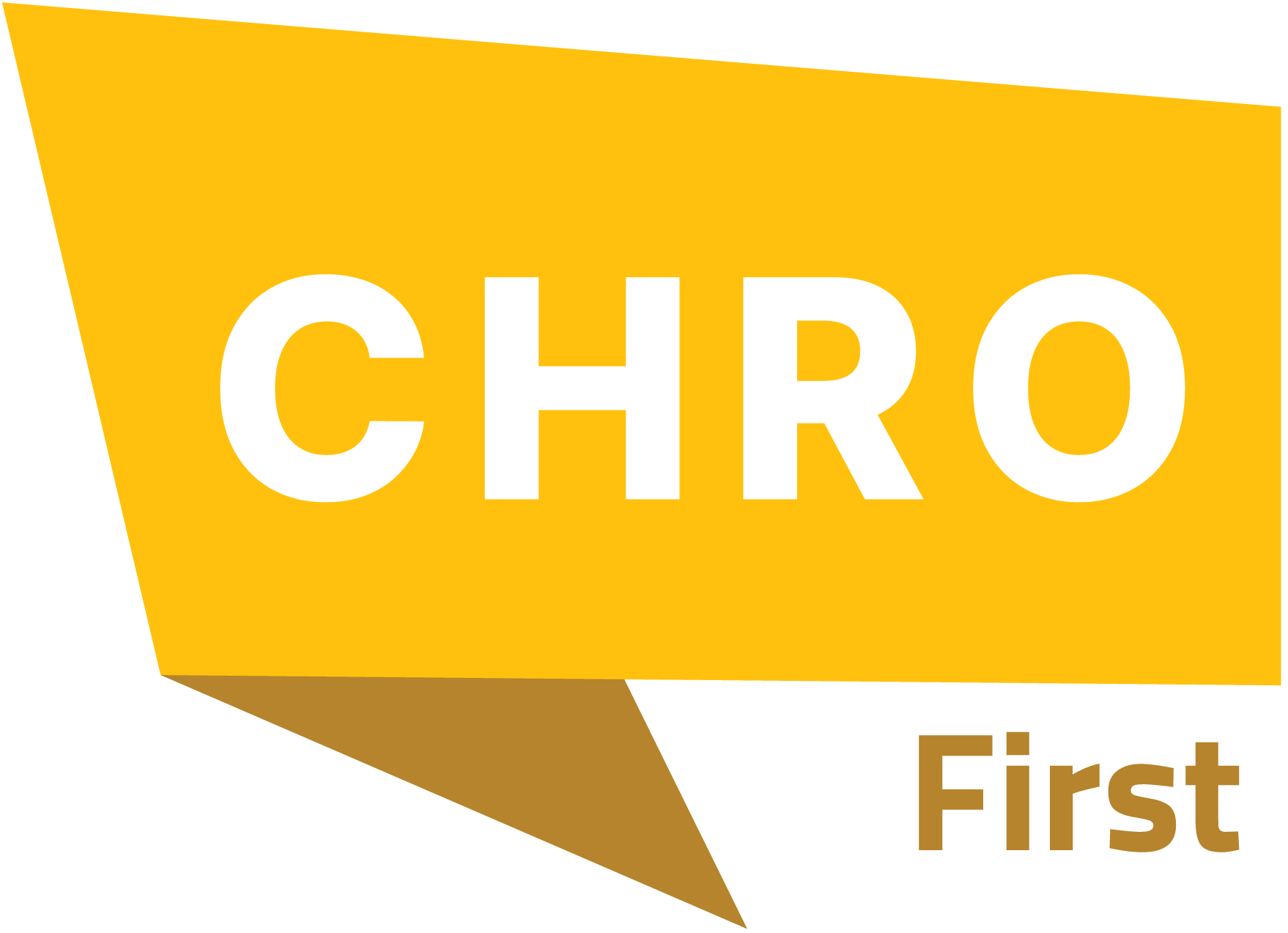In a strategic move aimed at addressing a widening skills gap in critical infrastructure and data-center services, Schneider Electric announced, an initiative to recruit and train up to 400 technicians, placing U.S. military veterans in customer-facing roles serving data centers, energy systems and other mission-critical facilities.
What the Initiative Involves
Schneider Electric’s new programme emphasises the unique capabilities of veterans, leadership, problem-solving, mission-focus, and positions them in roles that support the company’s Services business. These technicians will work on modernising, maintaining and supporting infrastructure that underpins today’s digital economy, including data centres whose demand is projected to grow 33 % annually, driven in part by AI and generative AI workloads.
Key points:
The initiative creates pathways for up to 400 technicians, including veteran hires.
Roles are targeted at customer-facing service representatives working in critical facilities such as data centres and energy systems.
Schneider Electric will leverage its existing veteran recruitment infrastructure, including participating in the Department of Defense’s SkillBridge programme to provide training, mentorship and certifications for veterans transitioning into civilian roles.
The company has been recognised as a “2025 Gold Military Friendly® Employer” (among other honours) highlighting its commitment to veteran career pathways.
What are the Implications for the Human Resource Industry
From an HR perspective, this initiative holds several meaningful implications:
- Strategic Talent Pipeline Development
By designing a role-based hiring programme tailored to veterans, Schneider Electric is tapping into a talent pool with transferrable skills and strong discipline. HR teams will increasingly need to recognise and design for alternative talent sources—not just traditional recruiting channels but transition programmes, veteran networks and specialised training tracks.
- Aligning Workforce Strategy to Growth Demands
HR functions must link talent strategies to business-infrastructure demand. Schneider Electric’s data-center growth and expansion into mission-critical services require technicians with specific skills. By aligning hiring efforts (veteran → technician) with business needs (critical-facilities servicing), HR becomes a strategic enabler rather than a support function.
- Upskilling, Reskilling & Role Evolution
The initiative demonstrates that HR must build frameworks for quick training, certification and role integration, especially for non-traditional hires. For veterans entering civilian roles, HR will need to manage onboarding, translation of military skills, and continuous learning to ensure success in highly technical service roles.
- Diversity, Equity & Inclusion (DE&I) Perspective
Hiring veterans adds a dimension of workforce diversity beyond traditional metrics. HR teams that embrace such programmes show a commitment to inclusive hiring and to supporting previously under-utilised talent pools. This can enhance employer brand, strengthen culture and broaden talent access.
Also Read: The Josh Bersin Company Report Reveals the Hidden Business Cost of Neglecting Frontline Workers
Broader Effects on Businesses Operating in Critical Infrastructure
Beyond HR, the initiative has wide-ranging business implications:
Addressing the Skills Shortage in Growth Sectors
As demands on data centre operations, edge infrastructure and energy systems intensify, especially due to AI and digital-transformation trends, the shortage of qualified technicians becomes a strategic bottleneck. Schneider Electric’s veteran-driven model offers a template for how businesses can fill these gaps.
Improved Operational Resilience and Reliability
Critical facilities need staff who can manage complex infrastructure under pressure. Veterans bring experience from high-stakes situations. This makes them ideal for roles that demand reliability and quick responses.. This boosts organizational resilience.
Employer Brand & Talent Attraction
Companies that provide clear paths for veterans fill roles better. They show they value purpose-driven talent. This focus on mission and social impact improves brand reputation with customers, investors, and candidates. It makes the organization more appealing.
Cost-Effective Talent Strategy
Building a pipeline of trained technicians helps companies rely less on outside talent. This cuts hiring costs and boosts productivity. For Schneider Electric, it leads to faster service delivery, reduced downtime for clients, and better profit margins.
Conclusion
Schneider Electric’s veteran hiring initiative is a smart workforce strategy. It links talent, business growth, and vital infrastructure. For HR professionals, it’s a case study in strategic workforce planning. It also includes alternative talent sourcing and role design for fast-growing sectors. For businesses in infrastructure and services, having a skilled workforce is as important as physical infrastructure.
In the fast-changing world of technology, energy, and data centers, companies that invest in dedicated talent pipelines like veterans moving to civilian roles will gain advantages in reliability, talent stability, and operational excellence.

